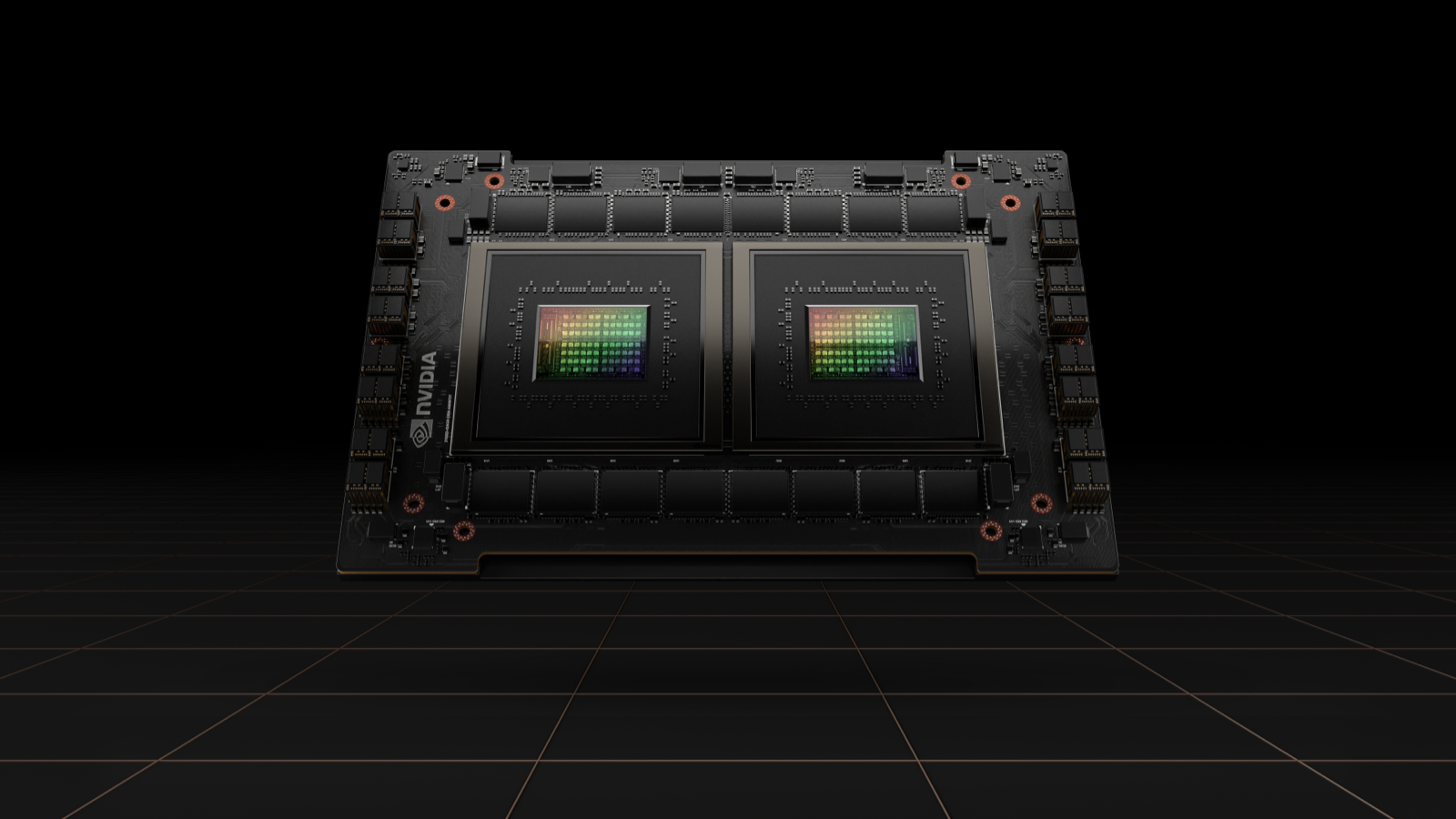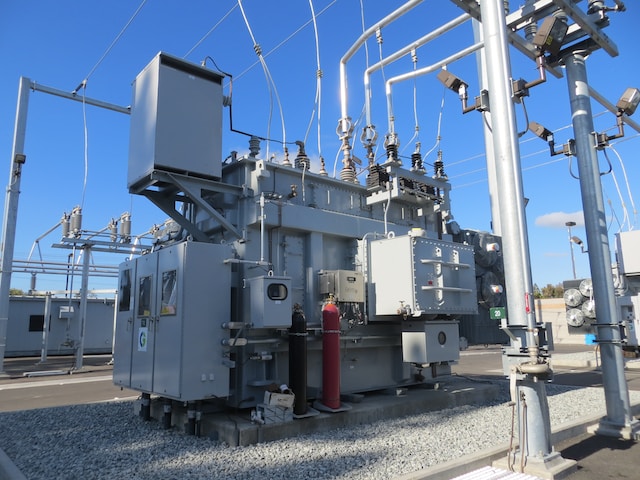NVIDIA has presented its latest discrete data center CPU named Grace CPU Superchip, and what’s novel about it is that it consists of two chips integrated into a single computing system. This literal “super-chip” features 144 (72+72) Arm cores in a single socket and 1TB/sec of memory bandwidth. Its architecture is based on the Arm v9 specification, and the platform is a 5-nanometer design.
The two chips are interconnected by NVIDIA’s new ultra-efficient die-to-die and chip-to-chip link called the NVLink, which delivers 25 times better energy efficiency and 90 times greater area efficiency compared to the next best connectivity solution, the PCIe Gen 5. In sheer numbers, the interconnection bandwidth reaches a data transfer speed of at least 900 GB/sec.
This announcement comes a few weeks after Apple announced the M1 Ultra, its own dual Arm chip (two M1 Max chips) implementation using a pioneering chip interconnection system. As such, the two tech giants are showing the way of the future, which is a new class of integrated and customizable products built by using chiplets. Connecting two CPUs and finding a way to make them cooperate in the handling of heavy workloads and demanding processing tasks has been the holy grail for all chip designers for many years now, and we got two of them cutting the line almost simultaneously.
NVIDIA says the Grace CPU Superchip, the firm’s first Arm design aiming at the data center market, will be made available in the first half of 2023, but no pricing details have been provided. Based on the company’s GTC 2022 keynote where the product was presented, this may be just the first application of the NVLink and the most basic one for now. After the initial launch, we may see CPU “monsters” comprising over two chips and several hundreds of cores.
NVIDIA Presented Its Own Chip-to-Chip Interconnection System
By: | April 6th, 2022

Image Credit: NVIDIA
More articles from Industry Tap...






